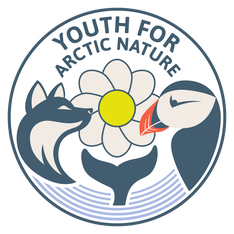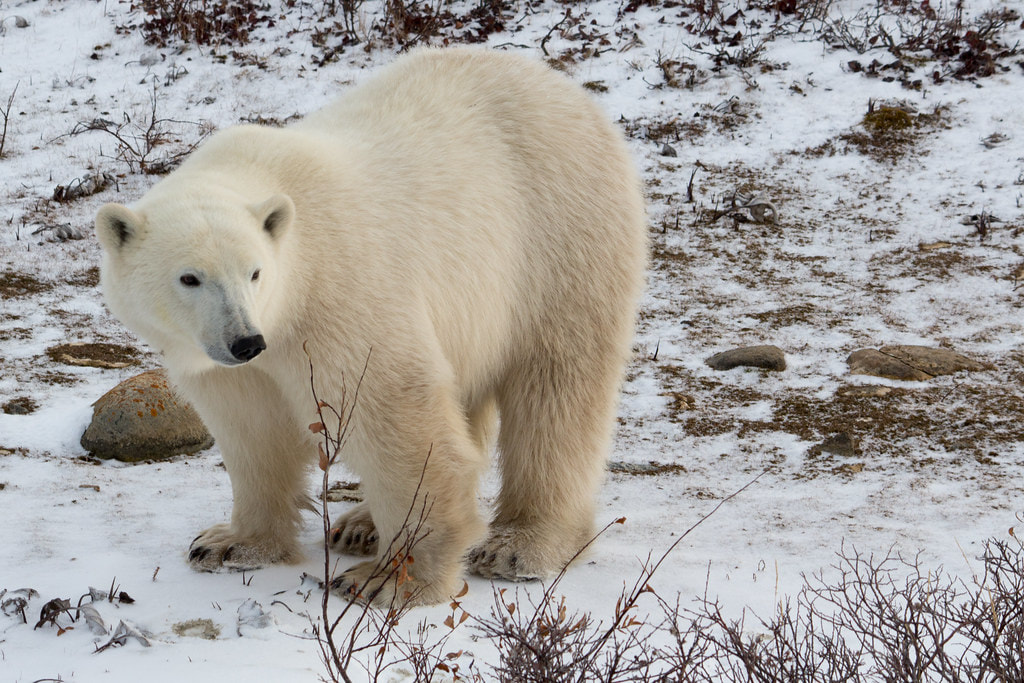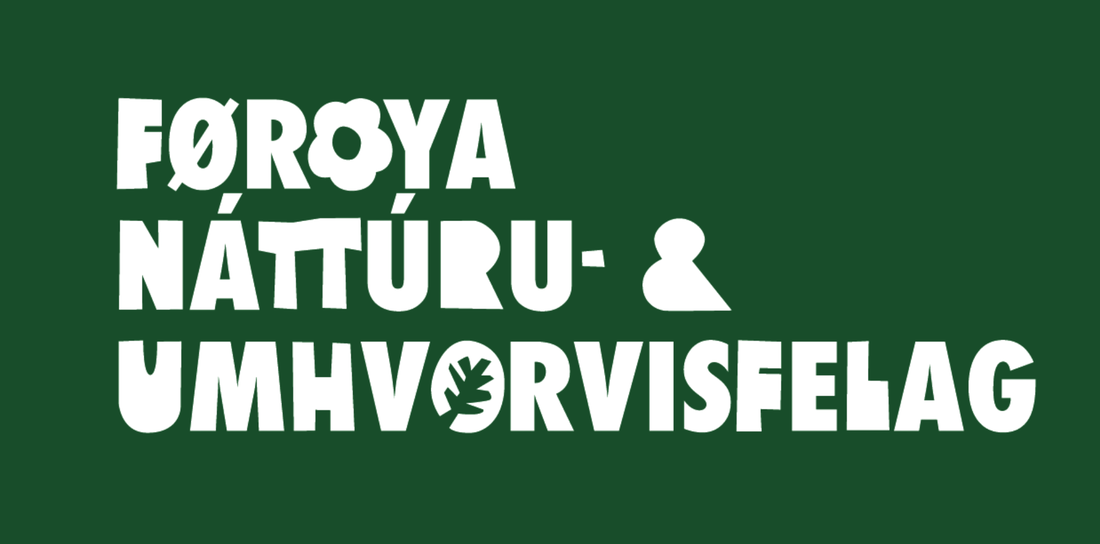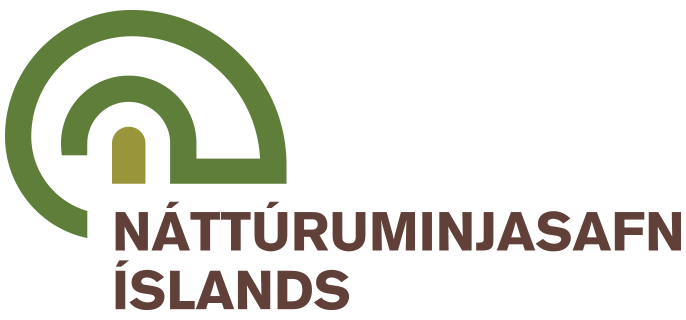|
Vulnerability: vulnerable Invasive: no Identification: easy Monitoring: difficult |
|
What is it? The polar bear is a member of the ursid family, the bear family (like the brown bear, the panda, etc.). This white-furred semi-marine animal is the largest bear species, adult males being 2.4-2.6 m in length and weighing 400-600 kg and females 1.9-2.1 m and 200-300 kg. It has short rounded ears, small eyes, a broad black muzzle and massive clawed paws. The polar bear is mostly carnivorous. |
|
Where is it? The polar bear lives in the ice-covered waters of the circumpolar Arctic. It is found in northern Canada, Greenland, Svalbard, northern Russia and Alaska. Occasionally, some individuals travel to Iceland.
Polar bears have a preference for areas of annual ice but some live on the permanent ice of the central Arctic basin. The greatest threat to their range is the loss of sea ice habitats. |
|
Interesting facts |
- The polar bear's fur is not actually white. This is because their hair is actually transparent and hollow, allowing them to insulate themselves effectively from the polar cold. Under its thick fur, the polar bear has a black skin.
- Contrary to what one might think, polar bears do not hibernate.
Pictures
- Cover picture: "Wild Polar Bears in Churchill" by virtualwayfarer is licensed under CC BY-NC 2.0
- Presentation picture: "Wild Polar Bears in Churchill" by virtualwayfarer is licensed under CC BY-NC 2.0
References
- Wiig, Ø., Amstrup, S., Atwood, T., Laidre, K., Lunn, N., Obbard, M., Regehr, E. & Thiemann, G. 2015. Ursus maritimus. The IUCN Red List of Threatened Species 2015: e.T22823A14871490. https://dx.doi.org/10.2305/IUCN.UK.2015-4.RLTS.T22823A14871490.en. Downloaded on 30 September 2021.
- The Canadian Encyclopedia: https://www.thecanadianencyclopedia.ca/en/article/polar-bear
- Visit Greenland, "Encountering polar bear while hiking in Greenland": https://visitgreenland.com/wp-content/uploads/2018/03/Infographic-Encountering-polar-bear-while-hiking-in-Greenland-by-Visit-Greenland.pdf
- Lara Rasin (2020). "Polar bears in Norway: All you need to know", Norway Today.















